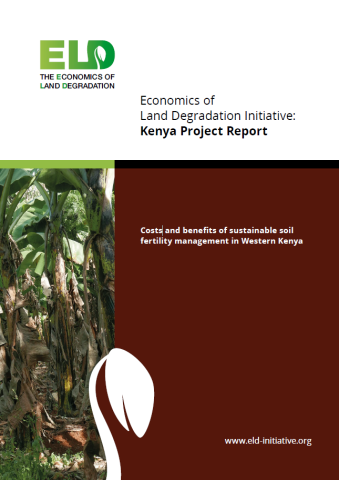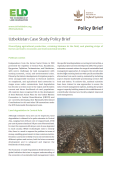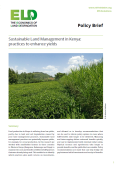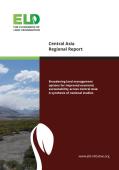
Kenya’s soils are being degraded through suboptimal land management practices, causing declining yields and deterioration of land quality. Sustainable Land Management (SLM) practices can improve soil quality and enhance crop yields. Increasing evidence from the literature highlights the benefits from SLM, but for land users to adopt these practices requires higher net returns on their investments, lower risks, or both. There is also a need to balance costs and benefits over the short and long term. In this study we set out to understand the variation in SLM uptake and to characterise farmers that are more likely to use SLM practices. We also undertake a cost-benefit analysis (CBA) to identify when it makes economic sense for a farmer to implement particular SLM practices and how long it takes before total benefits outweigh total costs. On the basis of this information, we provide policy recommendations as to how interventions might improve uptake if benefits only materialise over the longer term (up to 2030). We follow the Economics of Land Degradation (ELD) Initiative’s 6+1 step methodology. We draw on farming system analysis survey data collected through the GIZ Food Security Programme from Bungoma, Kakamega and Siaya counties in Western Kenya, interviews with ward extension officers (WEOs) and information from stakeholder workshops. Data are analysed using regression and CBA techniques.




